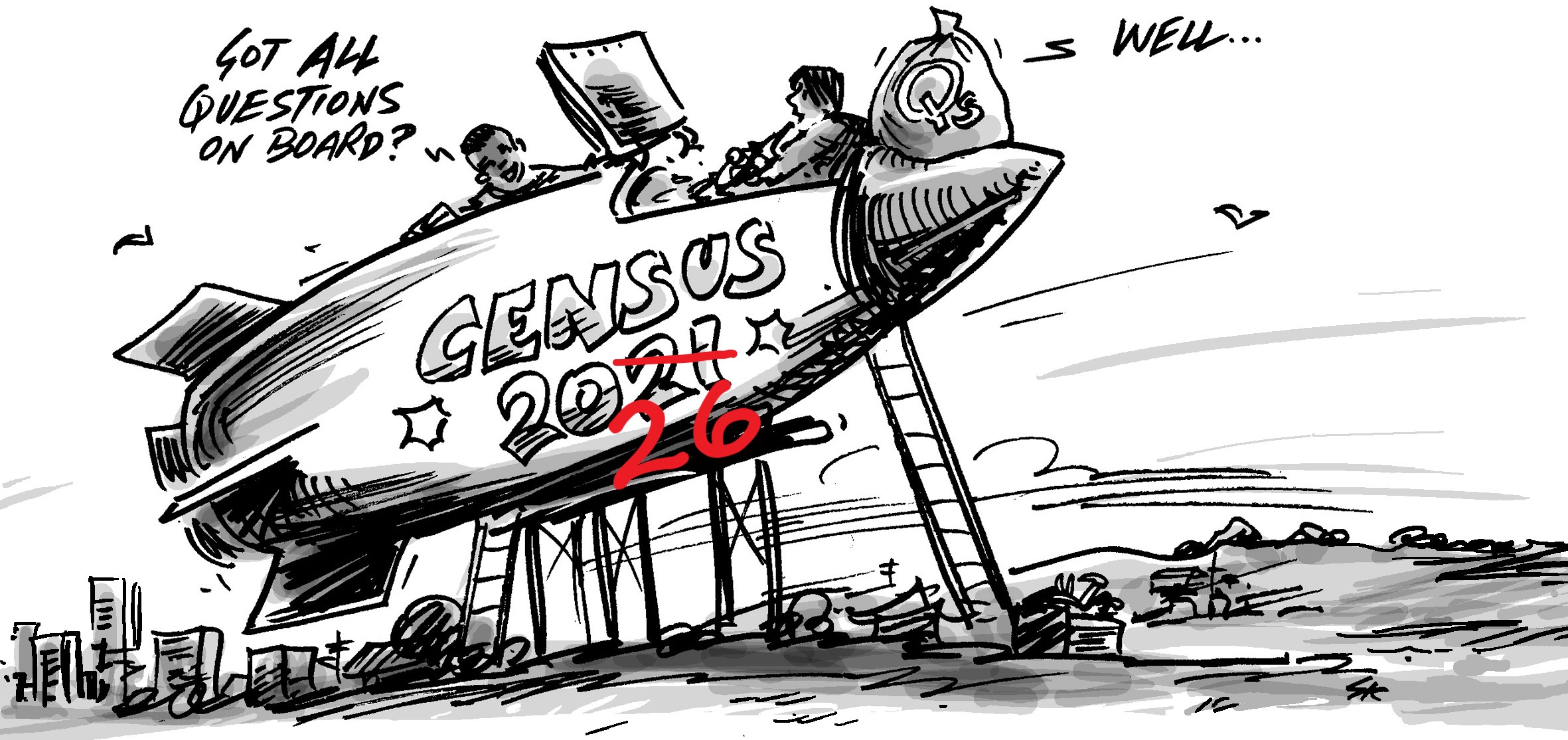What’s happening with population growth in Australia?
Matthew - Team Forecast
01 Aug, 2013
Tags:
Australian census
Matthew - Team Forecast
Matthew is at the forefront of land, housing and population forecasting in Australia. As the developer of .id’s forecasting models and an author of .id’s e-books, he is a sought-after and entertaining presenter, and an inspiring consultant. He provides comprehensive insights into the migration, housing and land use changes that drive population and age structure change at the neighbourhood level. Matthew has had a profound influence on .id’s thinking about how we understand cities and regions. Matthew is currently heading a team developing micro-geography forecasts for the whole of Australia.
Previous Story
A look at high density housing in Sydney
Next Story
Fly-in/Fly-out workers











